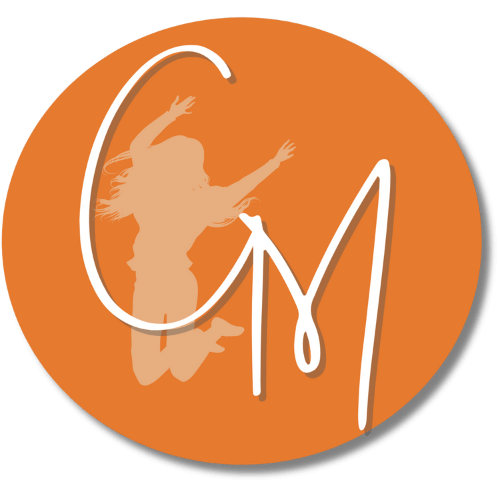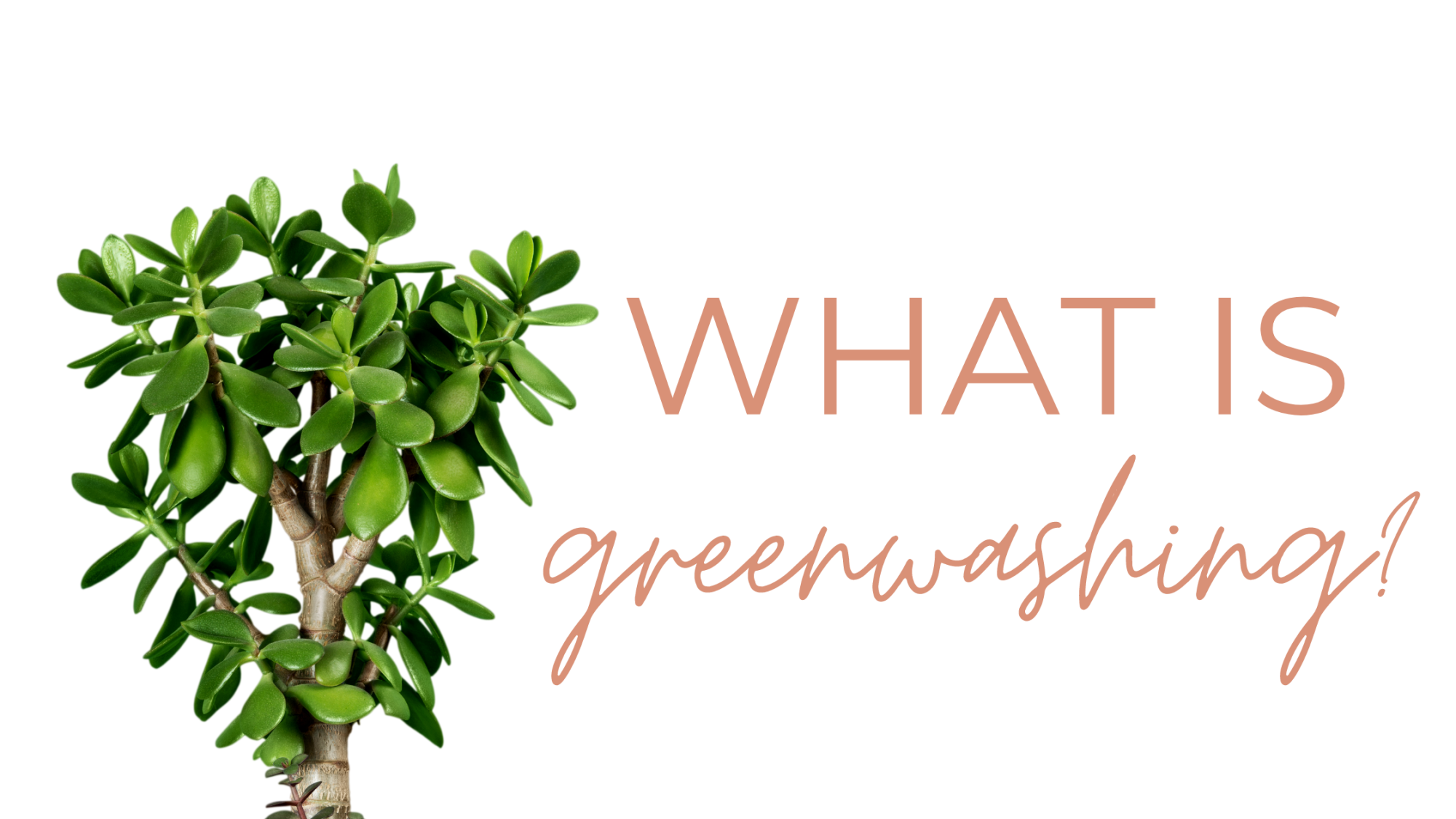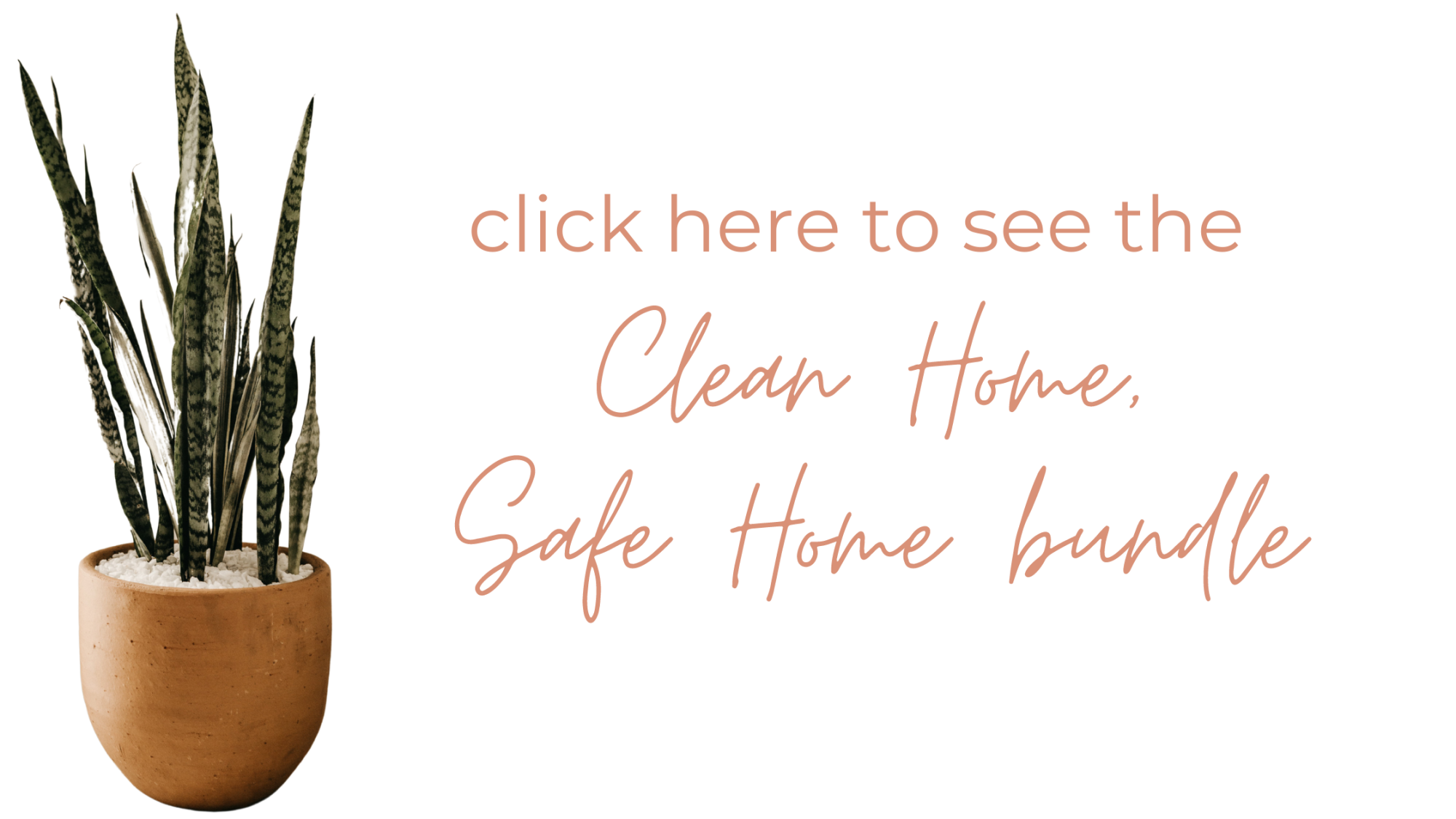Was in aller Welt ist Greenwashing? Auch bekannt als Cleanwashing. Vielleicht hast du diesen Begriff schon einmal gehört, vor allem, wenn du auf natürliche Produkte umgestiegen bist. Es ist etwas, dem viele Menschen zum Opfer fallen, mich eingeschlossen, also keine Sorge, ich verstehe dich! Lass uns den Begriff zunächst ganz offiziell und dann in verständlicher Sprache definieren.
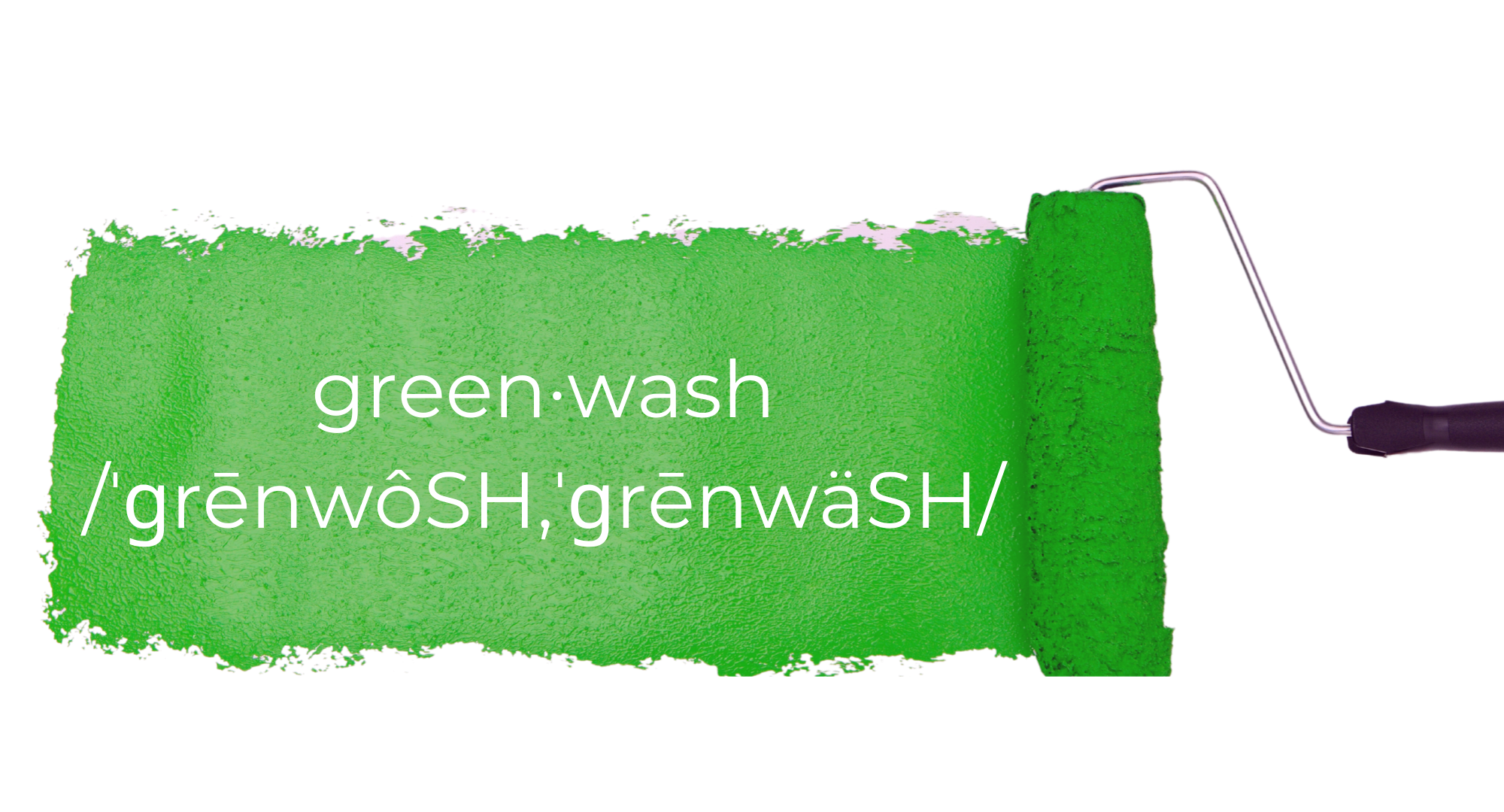
OFFIZIELLE DEFINITION
Substantiv
- Desinformation, die von einer Organisation verbreitet wird, um in der Öffentlichkeit ein umweltbewusstes Bild abzugeben.
LAYMAN'S TERMS
Von Greenwashing spricht man, wenn Unternehmen die Verbraucher in die Irre führen, indem sie behaupten, ihre Produkte seien sicher, ungiftig, umweltfreundlich und natürlich, obwohl sie es in Wirklichkeit nicht sind.
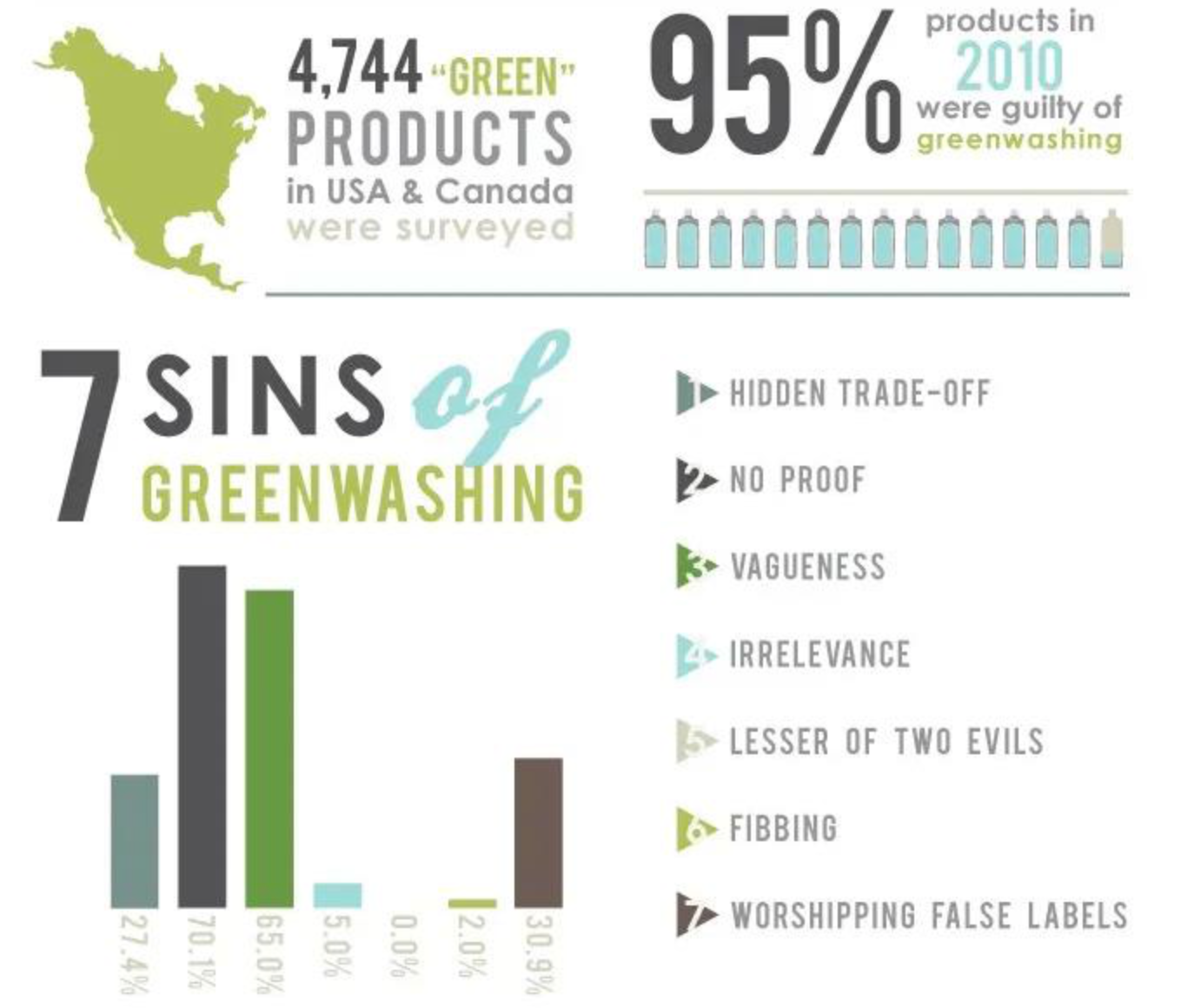 PHOTO CRED: TRUE COLORS
PHOTO CRED: TRUE COLORSHÄUFIGE ANZEICHEN FÜR GREENWASHING
Wenn du einige dieser Begriffe auf dem Vorderetikett eines Produkts siehst, ist es höchste Zeit, die Flasche umzudrehen und die Inhaltsstoffe zu lesen! Viele dieser Begriffe sind nicht reguliert und können von jedem verwendet werden, ohne dass sie wirklich etwas bedeuten:
- Botanisch
- frei von Chemikalien
- Vom Dermatologen empfohlen
- Umweltfreundlich
- Extrakte
- Schonend
- Grün
- pflanzlich
- Mineralien
- Natürlich
- Natürlich mit Essenzen oder Duftstoffen
- Fettfrei
- Bio
- Auf pflanzlicher Basis
- Pflanzlich
- Rein
- Unbearbeitet
- Empfindlich
- Sulfatfrei
Ein weiterer Begriff, den ich dir vorstellen möchte, ist der von mir verwendete Begriff BRANDWASHING. Menschen können dem Greenwashing zum Opfer fallen, wenn sie eine Marke sehen, die sich selbst gut als Unternehmen mit sauberen Inhaltsstoffen vermarktet hat, vielleicht sogar ein oder zwei wirklich saubere Produkte hat, dann aber andere Produkte anbietet, die alles andere als sauber sind. Man sieht das eine Produkt und nimmt an, dass es ALLES gut ist.
SEVEN STEPS TO AVOIDING GREENWASHED PRODUCTS
Courtesy of momscleanairforce.org
1. Start With the Ingredient Label.
If no ingredients are listed anywhere on the package, that’s your first sign of deception. Every single product should share its ingredients. Only companies who have something to hide will keep ingredients secret. They may hide behind “trade-secret laws” (yes, I’m talking to you, fragrance and household cleaners), but the truth is that if they won’t share what’s in the formulation, then you should think twice before purchasing the product. You have a right to know what’s inside, and you should to be able to access that information right at the point of purchase.
And while we’re looking at formulations, glance at how long the ingredient list is and whether or not you understand everything on it. Laundry lists of chemical names, trademark signs, or alpha-numeric ingredients means there’s a good chance the product contains synthetic ingredients and chemicals that have gone through extensive processing. Better to put that one back and opt for something simpler and more natural.
2. Read Between the Lines: Understanding Terminology.
There are a few terms that are commonly mistaken as legitimate claims for better products but are actually only marketing terms. Words like “green”, “eco” and “clean” actually aren’t regulated the way “organic” is, for example, and each needs a further review. Start with the tips listed above in cross-checking these claims with the actual ingredients.
You can also take a look at the company and see if they have a banned substances list on their website. How robust is it? What else do they do around being green or sustainable? What’s their packaging like? Do they participate in 1% for the Planet or another give-back program? These details can tell you a lot about who a company is, and whether or not to trust their marketing claims.
Be wary of “plant-based” claims. It can mean that the ingredients once came from plants, but were brought to a lab where they were put through highly chemically intense processes, and may now even contain genetic engineering or synthetic biology. Just because something is plant-derived doesn’t make it natural.
3. Steer Clear of Anything That Stinks!
Avoid the terms “fragrance”, “scent” or “parfum/perfume”, which are actually just umbrella terms for what can be hundreds of undisclosed ingredients that make up a single fragrance. What’s worse, many of those secret ingredients have nothing to do with fragrance, but can include harsh chemicals, preservatives and other ingredients that serve to fill the product.
4. Don’t Be Duped by Single-Chemical Claims.
When you see single ingredient claims—think “BPA-Free”, “Phthalate-Free”, “PFOA-Free”, etc. – it’s worth probing a little further. That single claim doesn’t tell you much, given that it’s only one out of over 85,000 potential ingredients in use in consumer products. Turn over the package and read the rest of the ingredient list. You may find that one hormone-disrupting chemical like, BPA, or bisphenol-A, may have been swapped for BPS, or bisphenol-S, a similar chemical thought to be even more harmful to children’s health. Researchers call this a “regrettable substitution” – when one chemical is banned, only to be replaced with another chemical just as harmful, or potentially worse.
5. Look for Independent Third-Party Certifications Instead.
This means that an organization or some other body, independent of the company, has assessed the product. You may be familiar with big ones like USDA Organic or the Non-GMO Project. But there are many more specific ones, like MADE SAFE for nontoxic products, or Fair Trade for worker protections, or OEKO-TEX for fabrics.
Be wary of companies that make their own certification, like emblems, that don’t have any true meaning behind them. It’s the accountability in a third-party certification that helps ensure the brand is doing what it claims to do. You want to trust those legitimate certifications that have real programs and scientific method and/or rigorous programs behind them.
6. What is the Price Point and Can it Tell You Anything?
Unfortunately, it’s often an unavoidable truth that better ingredients tend to cost more, which means the product can sometimes be more expensive. So if a product claims to be made with only good ingredients and yet is ultra-cheap, look a little deeper. Sometimes, these products have taken short-cuts or are filled with inexpensive synthetic ingredients that don’t always serve a purpose in the end product. Instead, we suggest buying better products from companies you trust and/or are certified, even if the cost is higher.
You can offset cost by using fewer products. We often don’t need half the products we have, although we’ve been marketed to so that we think we need them. It’s worth evaluating what’s in your cabinet, and seeing what you really need and what you might be able to stop spending money on.
7. Get to Know the Companies You Buy From.
Check them out. How do they treat their employees? Where do they source ingredients, and are they transparent about it? Do they have a their banned substance list? Who do they support with their work? Do they do more than just sell? All of these things can tell you a lot about what a company stands for and who makes the decisions about how to interact in the world, and whether they’re one you want to support with your dollars.
I know it’s hard to know which products are safer. That’s largely thanks to a lack of viable legislation in this country to regulate what goes into the products we use in our homes and on our bodies, and what labels can legally claim. Until the laws are comprehensive and enforced, we need independent, uninfluenced third parties who can help consumers navigate the free-wheeling world of claims. And in the meantime, you can implement these seven easy strategies to avoid being greenwashed!
Courtesy of momscleanairforce.org
1. Start With the Ingredient Label.
If no ingredients are listed anywhere on the package, that’s your first sign of deception. Every single product should share its ingredients. Only companies who have something to hide will keep ingredients secret. They may hide behind “trade-secret laws” (yes, I’m talking to you, fragrance and household cleaners), but the truth is that if they won’t share what’s in the formulation, then you should think twice before purchasing the product. You have a right to know what’s inside, and you should to be able to access that information right at the point of purchase.
And while we’re looking at formulations, glance at how long the ingredient list is and whether or not you understand everything on it. Laundry lists of chemical names, trademark signs, or alpha-numeric ingredients means there’s a good chance the product contains synthetic ingredients and chemicals that have gone through extensive processing. Better to put that one back and opt for something simpler and more natural.
2. Read Between the Lines: Understanding Terminology.
There are a few terms that are commonly mistaken as legitimate claims for better products but are actually only marketing terms. Words like “green”, “eco” and “clean” actually aren’t regulated the way “organic” is, for example, and each needs a further review. Start with the tips listed above in cross-checking these claims with the actual ingredients.
You can also take a look at the company and see if they have a banned substances list on their website. How robust is it? What else do they do around being green or sustainable? What’s their packaging like? Do they participate in 1% for the Planet or another give-back program? These details can tell you a lot about who a company is, and whether or not to trust their marketing claims.
Be wary of “plant-based” claims. It can mean that the ingredients once came from plants, but were brought to a lab where they were put through highly chemically intense processes, and may now even contain genetic engineering or synthetic biology. Just because something is plant-derived doesn’t make it natural.
3. Steer Clear of Anything That Stinks!
Avoid the terms “fragrance”, “scent” or “parfum/perfume”, which are actually just umbrella terms for what can be hundreds of undisclosed ingredients that make up a single fragrance. What’s worse, many of those secret ingredients have nothing to do with fragrance, but can include harsh chemicals, preservatives and other ingredients that serve to fill the product.
4. Don’t Be Duped by Single-Chemical Claims.
When you see single ingredient claims—think “BPA-Free”, “Phthalate-Free”, “PFOA-Free”, etc. – it’s worth probing a little further. That single claim doesn’t tell you much, given that it’s only one out of over 85,000 potential ingredients in use in consumer products. Turn over the package and read the rest of the ingredient list. You may find that one hormone-disrupting chemical like, BPA, or bisphenol-A, may have been swapped for BPS, or bisphenol-S, a similar chemical thought to be even more harmful to children’s health. Researchers call this a “regrettable substitution” – when one chemical is banned, only to be replaced with another chemical just as harmful, or potentially worse.
5. Look for Independent Third-Party Certifications Instead.
This means that an organization or some other body, independent of the company, has assessed the product. You may be familiar with big ones like USDA Organic or the Non-GMO Project. But there are many more specific ones, like MADE SAFE for nontoxic products, or Fair Trade for worker protections, or OEKO-TEX for fabrics.
Be wary of companies that make their own certification, like emblems, that don’t have any true meaning behind them. It’s the accountability in a third-party certification that helps ensure the brand is doing what it claims to do. You want to trust those legitimate certifications that have real programs and scientific method and/or rigorous programs behind them.
6. What is the Price Point and Can it Tell You Anything?
Unfortunately, it’s often an unavoidable truth that better ingredients tend to cost more, which means the product can sometimes be more expensive. So if a product claims to be made with only good ingredients and yet is ultra-cheap, look a little deeper. Sometimes, these products have taken short-cuts or are filled with inexpensive synthetic ingredients that don’t always serve a purpose in the end product. Instead, we suggest buying better products from companies you trust and/or are certified, even if the cost is higher.
You can offset cost by using fewer products. We often don’t need half the products we have, although we’ve been marketed to so that we think we need them. It’s worth evaluating what’s in your cabinet, and seeing what you really need and what you might be able to stop spending money on.
7. Get to Know the Companies You Buy From.
Check them out. How do they treat their employees? Where do they source ingredients, and are they transparent about it? Do they have a their banned substance list? Who do they support with their work? Do they do more than just sell? All of these things can tell you a lot about what a company stands for and who makes the decisions about how to interact in the world, and whether they’re one you want to support with your dollars.
I know it’s hard to know which products are safer. That’s largely thanks to a lack of viable legislation in this country to regulate what goes into the products we use in our homes and on our bodies, and what labels can legally claim. Until the laws are comprehensive and enforced, we need independent, uninfluenced third parties who can help consumers navigate the free-wheeling world of claims. And in the meantime, you can implement these seven easy strategies to avoid being greenwashed!
Ready to learn more? Watch this EYE-OPENING video below!
It is only 4 minutes, but is going to change everything for you... in a good way!
WHY SIMPLE START TO NATURAL LIVING?
The title came from re-visiting my journey the last four
years + realizing what a fulfilling time it has been,
but also what a huge undertaking it was.
The best choice I made four years ago was making the commitment to changing our families wellness. I heard that
“wellness is not the absence of sickness”
and that resonated with me. Yes, I wanted my family healthy, but I did not fully understand wellness was more than that.
That wellness was really wholeness in body + soul + spirit.
Four years later, there have been many lessons learned, failures that I chose to re-frame into
“an opportunity to change”,
many wins for our family, and lastly, an awakening of sorts. I have realized that I can control so many
things in our daily lives + many things I can’t. But I have been “awakened” to the harmony between those.
You are worth it, your wellness is worth it
You are worth it, your wellness is worth it
I help women with simple routines, programs and tools
to maintain health, sanity and freedom.
while living the dream life they deserve.

Adventuress, Modern Holistic Movement Educator,
Naturopath, Entrepreneur, Motivator
Helping women to take charge of their health again.
